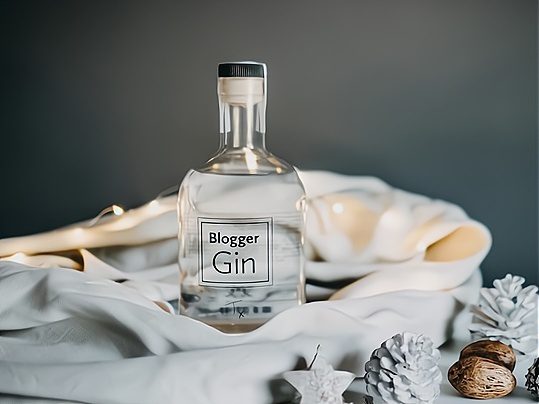Gin is a distilled alcoholic beverage made from juniper berries and other botanical ingredients. The juniper berry is what gives gin its signature flavor. Gin can be made from any type of alcohol, but most commonly it is made from grain alcohol or molasses.
First, we need to look at the primary components of gin to comprehend the processes involved in producing gin and the components incorporated into the final product.
Because the gin business is vastly varied from one distillery to the next, providing a definite answer to how gin is manufactured may take time and effort.
Gin are distinct from one another because of the variety of botanical used in their production.
One thing is consistent across the board, and that is that all begin their lives as unflavored spirits.
This alcohol, which has no flavor, can be distilled from grain, wheat, barley, rice, grapes, corn, or beets.
No matter which botanical you choose to use in the distillation process, you will end up with a base spirit with distinct qualities reflected in the final product.
Therefore, the selection of the primary gin component is essential.

How is gin made? A step-by-step overview
- As stated earlier in this discussion, all gin begins with a natural foundation. Potatoes and grapes are sometimes used as the first ingredient in gin production. However, grains like wheat and barley are most commonly employed.
- Grapes, unlike grains, contain sugar in their DNA, so no additional enzymes are required to sweeten the gin. To make gin from grains, a process known as scarification would be necessary.
- The combination of sugar and yeast is fermented to produce alcohol (ethanol) and carbon dioxide.
- The base is then distilled to produce alcohol with no flavor. Through boiling and condensation, the liquid mixture is separated during distillation. There are three primary stages in the distillation process. The initial liquid to exit the still is referred to as the “head.” This is followed by the ‘heart,’ the highest quality portion of the liquid. The final section is called the feint or “tails.”
- Next, we repeat the distillation process to produce a cleaner and purer solution. Now we have the spirit of neutrality.
- So starts the true art of creating gin!
- The botanical of gin are steeped overnight to produce an exquisitely flavorful spirit.
- The liquid is then transferred to a condenser, where the vapor is transformed into a magnificent gin.

What is gin distilled from?
Gin with flavorings is crafted differently. Numerous bottles masquerading as flavored gin ought to be classified as gin liqueurs due to their high sugar content, low alcohol content, and absence of juniper!
The pink gin that has regained popularity today is reminiscent of an old cocktail: gin with a drop of Angostura bitter, which gave the drink a rose tint. Most pink gin today derives its color and flavor from rose petals.
Most flavored gin has sugar and artificial flavors to achieve the desired flavor.
Variety of gin
There are several gin classifications, although distillers are optional to adhere strictly to them. Some gin manufacturers blend distinct categories to create their style. Because of this, there is an ever-expanding market of well-crafted traditional and experimental gin from which to select.
Internationally and domestically, a growing number of distillers are enriching their gin by using local botanical to produce a true reflection of their region and culture.
It must meet specific criteria if a firm wants to name its gin as London dry gin or Plymouth gin. However, other prevalent styles have a bit less strict definitions.
London dry gin is an extremely classic, dry, high-proof, juniper-centric gin. To be designated as London dry, all flavoring must occur during or before distillation, per EU regulations. Except for water, nothing can be added after distillation. The first spirit distillation must likewise contain 70 percent alcohol by volume. However, it can be bottled at a lower concentration. The final liquor must be transparent, and all tastes must be generated from natural sources.
Plymouth gin can only be produced in one site in Plymouth, England, and is quite similar to London dry gin, but with less alcohol by volume and a somewhat more robust citrus flavor. To be branded Plymouth gin, the spirit must meet the same criteria as London Dry and be produced in its designated region.
New Western dry gin is a modern kind that minimizes the juniper taste in favor of highlighting other botanical.
Old Tom gin is a traditional variety that is significantly sweeter than other varieties due to the inclusion of sugar. It is occasionally matured in barrels or casks like bourbon, and is generally described as a blend of Genever and London dry.
Genever gin Instead of neutral grains, this traditional Dutch gin uses malted grains to create a deeper, sweeter, and more robust flavor.
